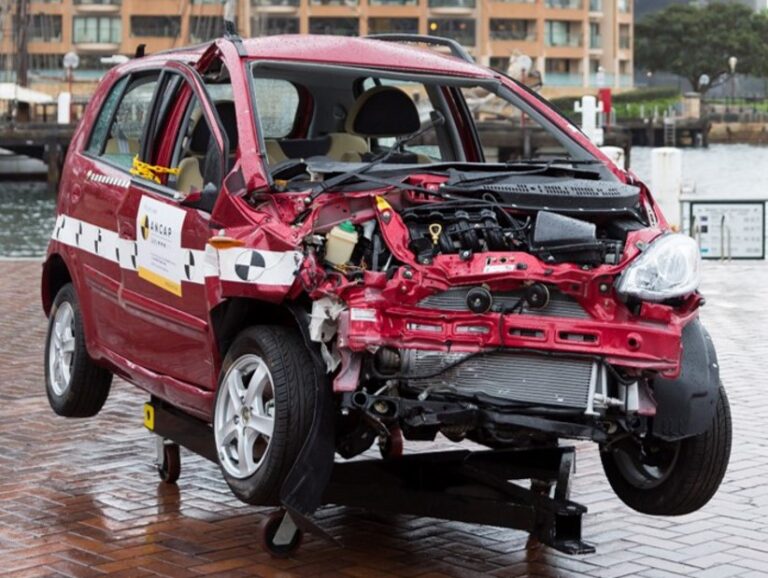– By Carolyn Taylor –
Motor vehicle accidents are the major cause of work place injuries and deaths in Australia.
So, with the motor vehicle being considered part of the workplace and Occupational Health and Safety legislation, meaning that organisations must consider driver safety in their Workplace Health and Safety (WHS) planning, any information that sheds some light on the causes and contributing factors of motor vehicle accidents should be of interest to fleet managers.
A study* by the University of Iowa, USA, using in vehicle event recorders (IVERs) to collect information relating to what is happening inside a vehicle in the seconds immediately before an accident, has helped researchers more accurately identify how a driver’s actions can contribute to motor vehicle accidents.
The study analysed 247 moderate to severe vehicle to vehicle accidents in which the impact was equal to or greater than 1.0 g-force. The drivers where all fleet drivers, with 73% aged between 30 and 64, and the majority male (87%).
The top two causes of accidents were found to be inadequate surveillance due to driver distraction and/or driver decision errors#.
In accidents where driver distraction was observed, 15.3% appeared to be distracted by something outside of the vehicle, while 13.5% were distracted by something inside the vehicle. In both cases the actual distraction is unknown but the average time that the driver’s eyes were off the road was 3 seconds.
Where the internal distraction is known, mobile phone and electronic device use is by far the major cause of accidents, followed by reaching for an object (possibly a phone or other device), personal grooming and talking to self.
The study also looked at driver behaviours when passengers where present in the vehicle. Distracting driver behaviours were present in 55% of crashes with one passenger on board, and 41% of crashes with two or more passengers.
Interestingly, mobile phone and electronic device distraction, as well as personal grooming were less likely to occur when passengers were present in the vehicle.
The major causes of accidents where driver decision errors were present include failure to give way (12.7%), following too closely (12.2%) and failing to stop at a traffic signal or stop sign (11.4%).
Perhaps a little surprising is the finding of this study that speed and driver fatigue was observed as causes in very few of the vehicle to vehicle accidents recorded.
Other interesting findings conclude that adverse weather and poor road conditions do not appear to be major contributors to vehicle to vehicle accidents.
Studying the exact causes of accidents can be difficult due to drivers’ inability to accurately recall the incident due to shock and/or fear of admitting fault. The use of IVERs has given researchers a unique view of driver performance in accident situations.
This will not only allow vehicle manufacturers to pinpoint automotive technologies that may be able to mitigate some types of accidents, it should highlight areas of focus for all important corporate driver training.
* Using Naturalistic Driving Data to Assess Vehicle-to-Vehicle Crashes Involving Fleet Drivers. (June 2015)
# Statistics presented are not mutually exclusive






